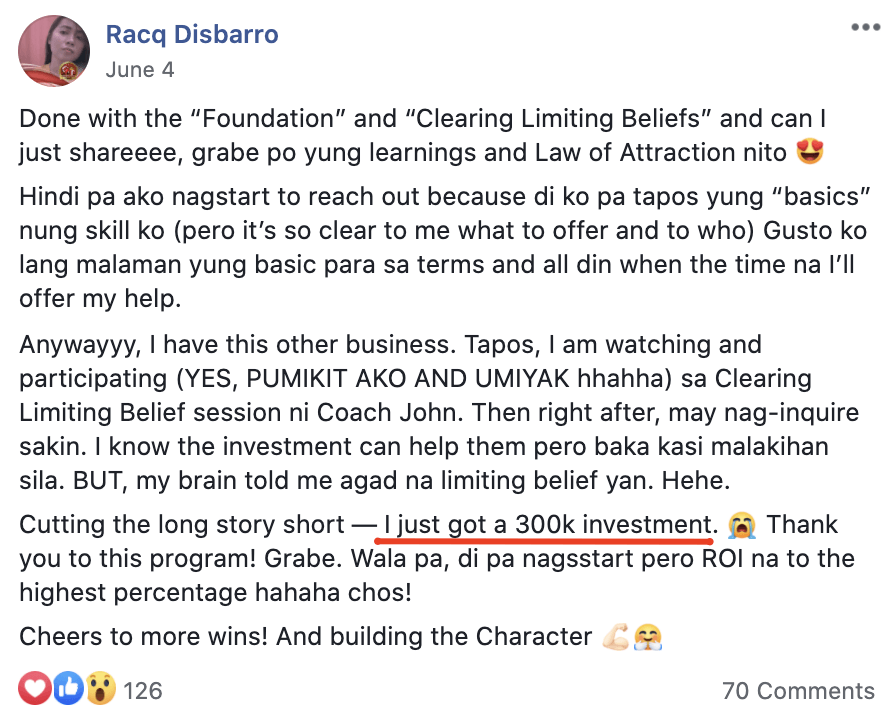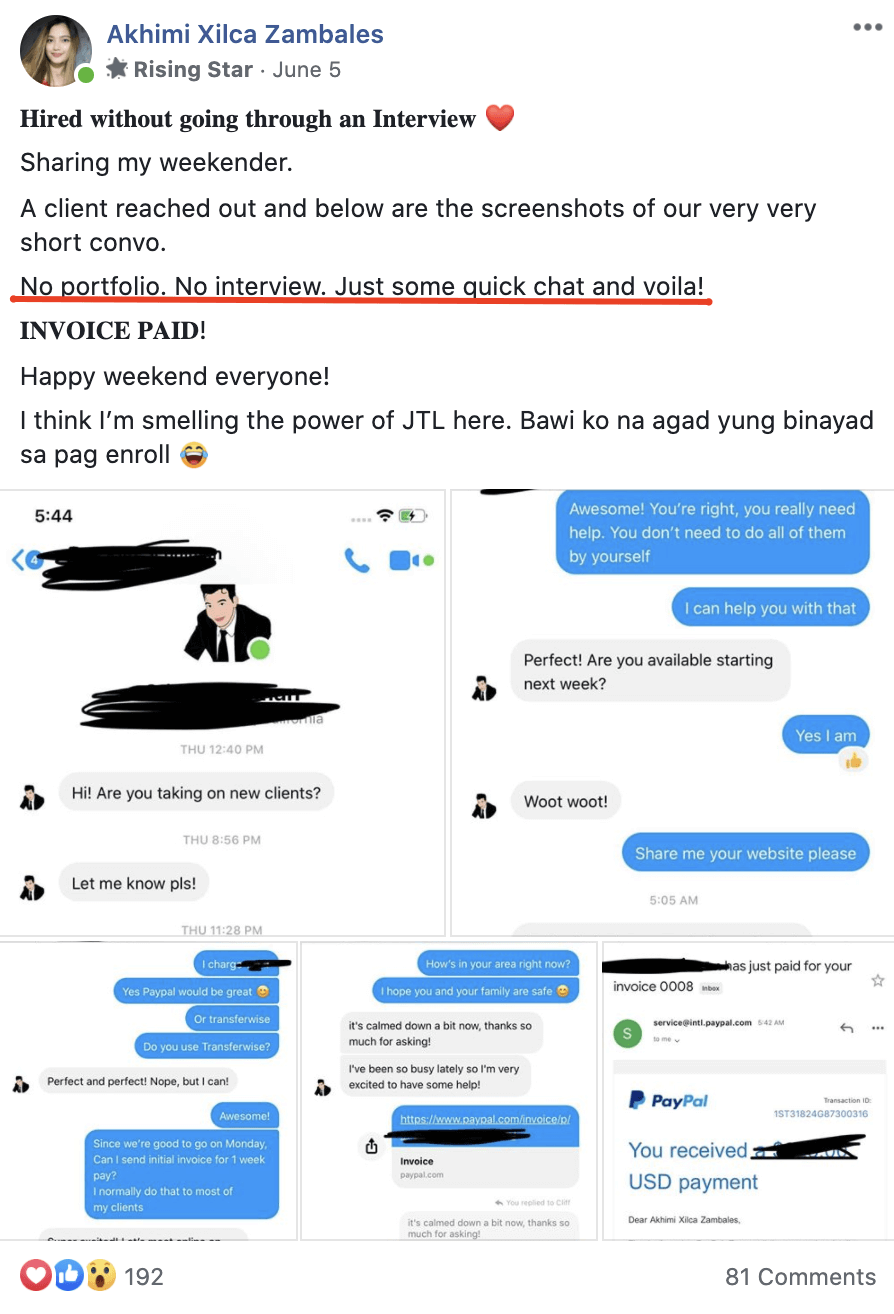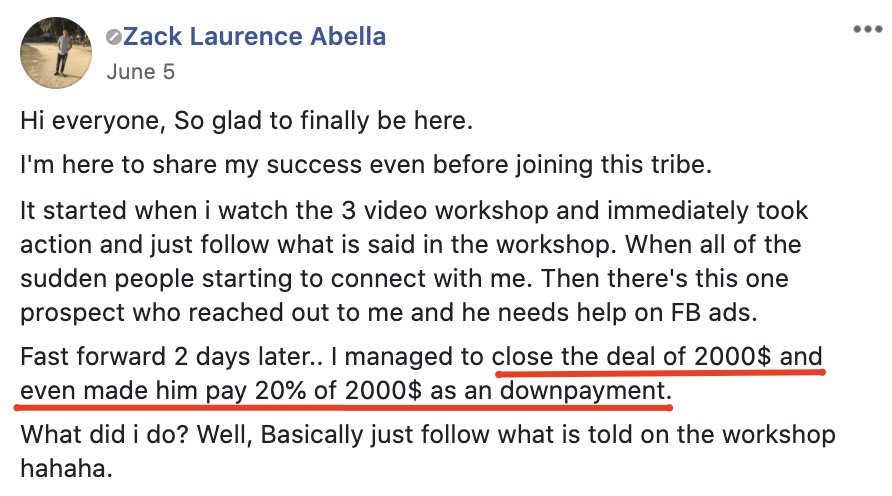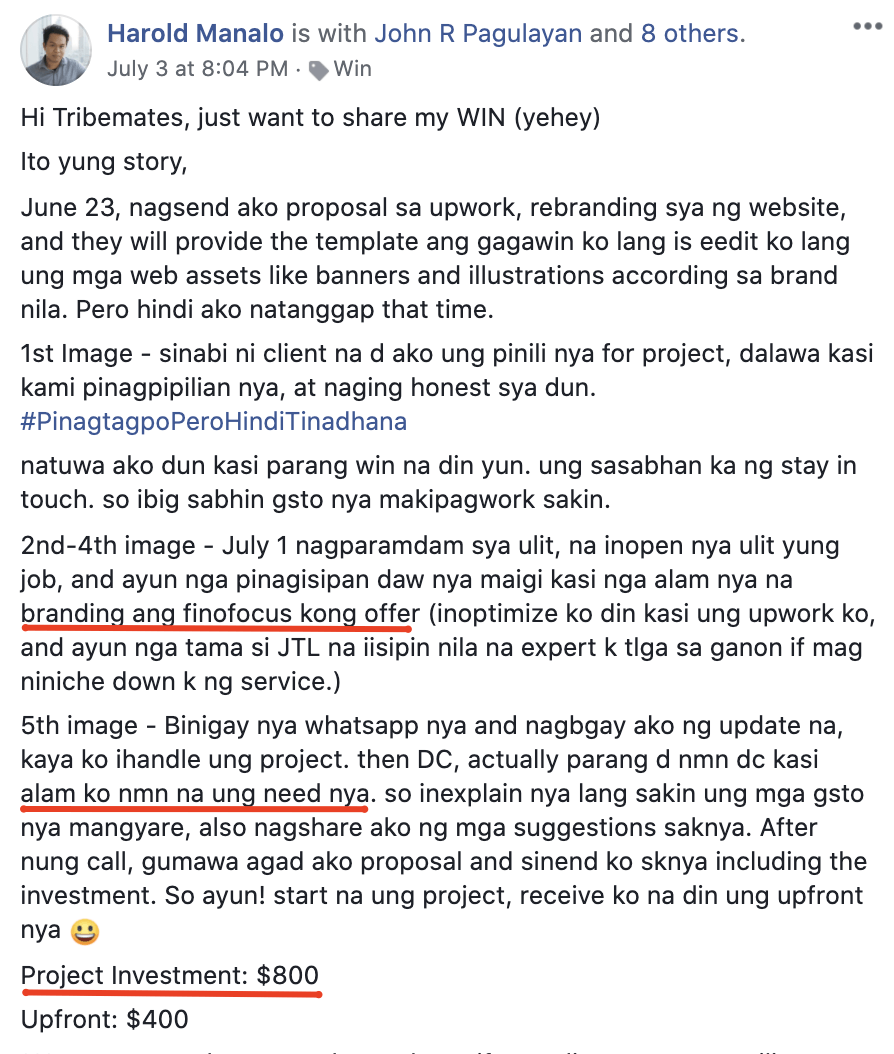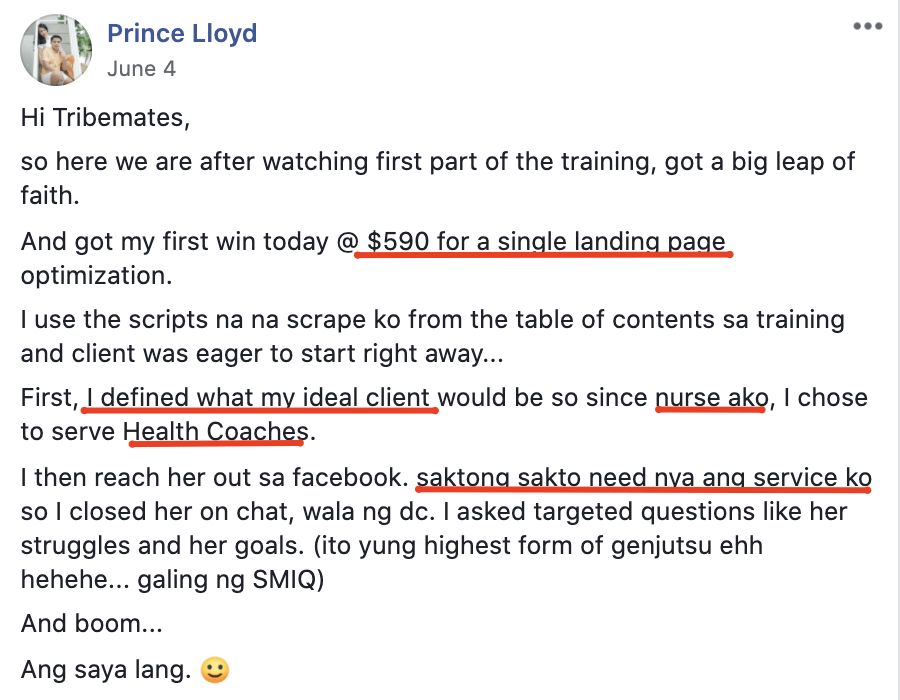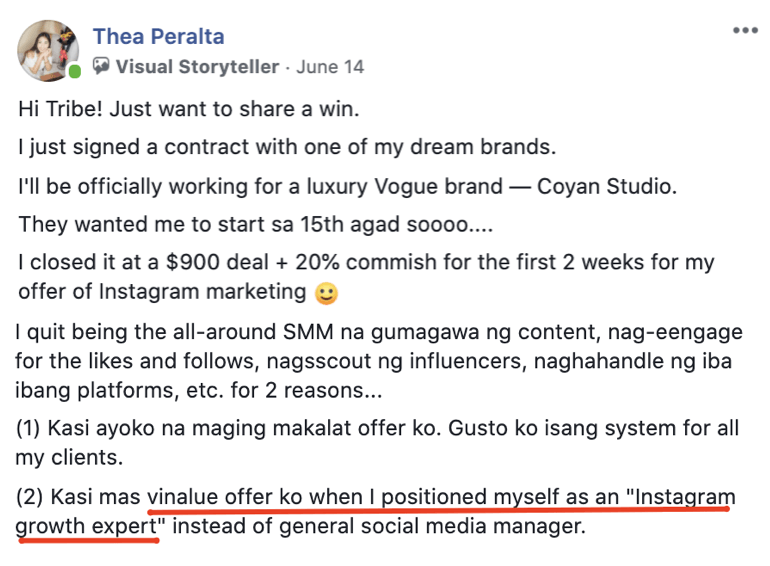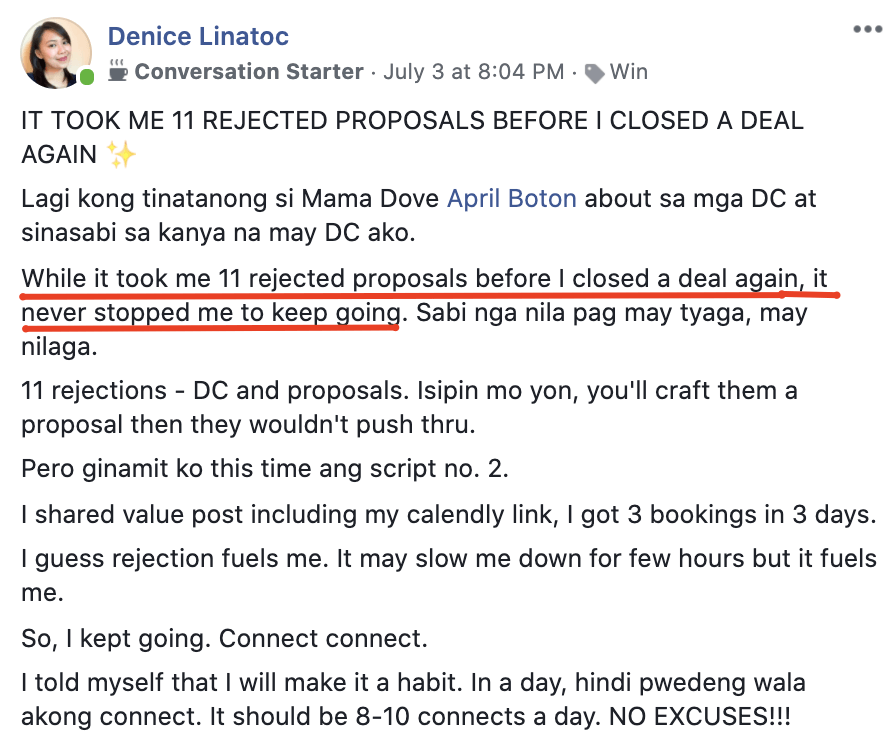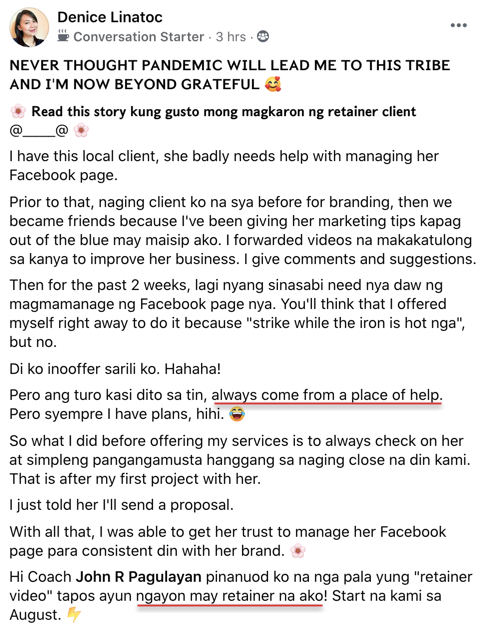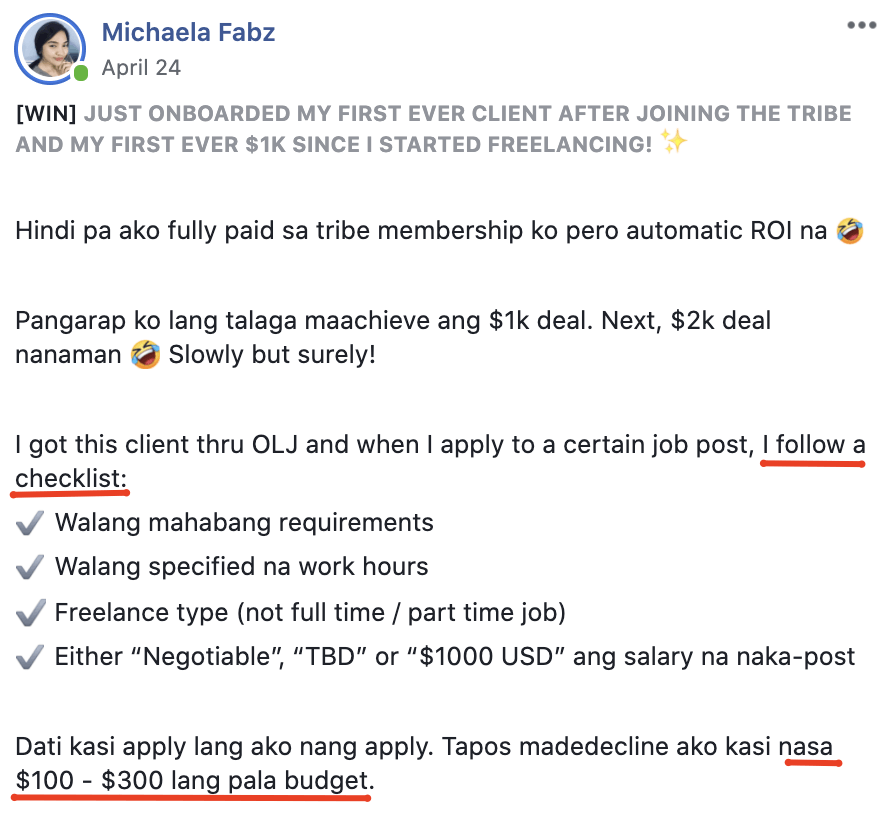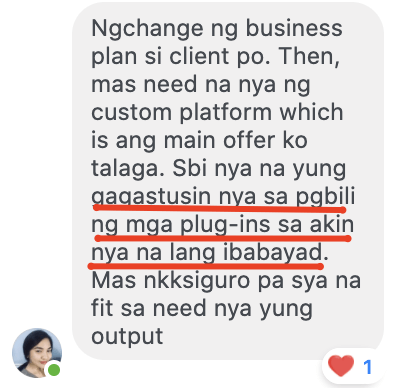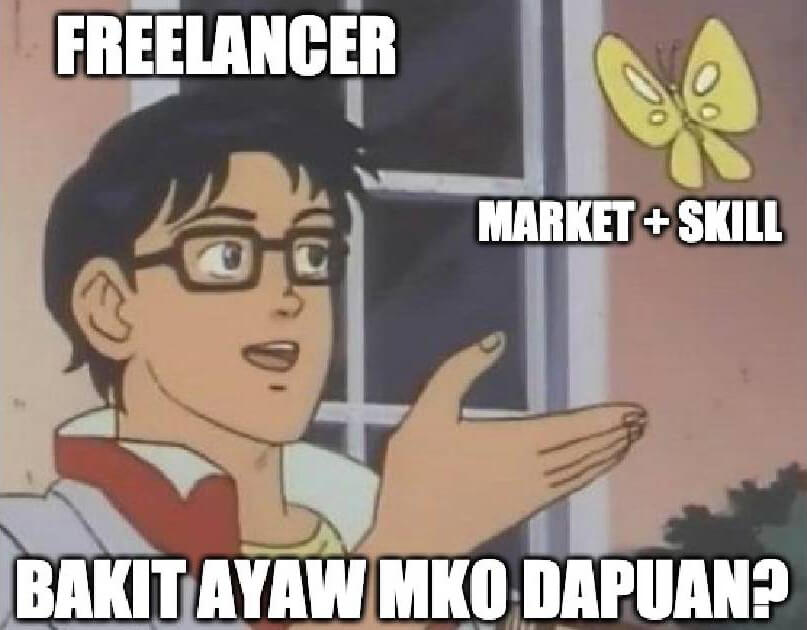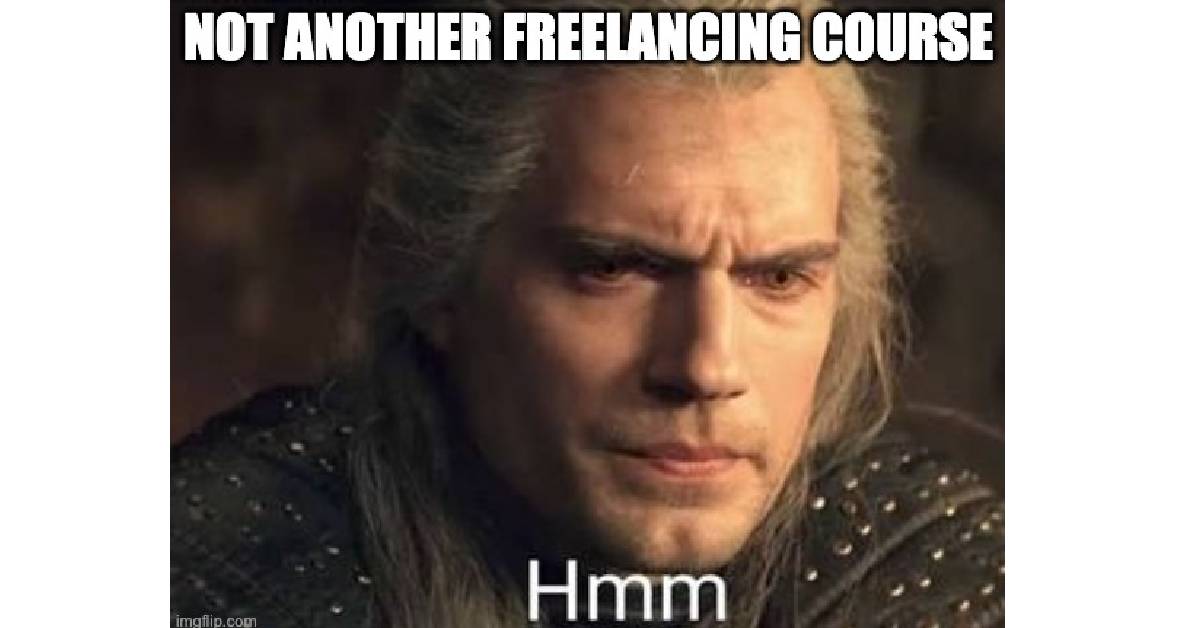Proven 5-Step Method to Getting Your First $1000 As a Freelancer
Can I really do this “freelancing thing”?
Freelancing.
You may have first heard the word from a co-worker who resigned years ago.
Or discovered it when you were desperately seeking a backup plan because you needed to take care of your “bunso” (youngest child).
Or came across it as another way to “raket” (gigs) on top of being a life insurance adviser, marketing officer of your own milk tea shop, and online shop seller.
It’s because of these scenarios that…
Freelancing has become a misnomer for a backup plan, a second job, or a side hustle.
But not anymore.
The time has come where businesses—even Fortune 500 companies—are realizing the value of freelance talent in the workplace..
John Bonini, Director of Marketing in Databox, has this to say,
“Hire freelance [writers].
They bring a diverse POV and set of experiences based on their having worked with different clients on different projects with different people
They’re learning every day from other great marketing leaders they’re working for. They bring those learnings with them.
Many already have an established network (they’re running a business after all) and will share their bylines within that network.”[*]
As working from home becomes the new normal, one thing has changed.
Freelancers are now seen in a whole new light.
But here’s the rub.
Though being a freelancer today seems to be a commendable—even a lucrative—choice, many are still unsure, skeptical, and scared of jumping in…
Where and how do I start?
I don’t know how to talk to people. How can I land clients?
What if I consume all my savings in the bank and I still can’t find a client?
Those are valid thoughts.
But what if there was a way to silence those voices inside your head?
Like newbie freelancer Racq when she bagged a Php 300K investment after “clearing her limiting beliefs”
You’re an introvert?
Akhimi showed it’s possible to close deals without an interview, portfolio, or calls.
The best part?
You don’t have to start with low rates.
Zack here closed a $2K deal and got 20% of the amount straight to his bank.
Now I hope you’re feeling pumped because this can be YOUR new reality.
And today, we’re going to show you exactly how to do that.
Here’s how you can get your first $1K in 5 steps.
Step 1. Choose a market
Contrary to popular freelancing advice, the first step has nothing to do with finding a lucrative skill.
Instead, it’s choosing a market you want to serve.
Why?
First reason is this: market affinity.
Each of us already has a community that we belong in.
For example… you’re a real estate broker who wants to give freelancing a try.
You may not know it yet, but you already have this huge pool of real estate brokers that could be your prospects.
Because of your affinity, it would be easier for you to talk to them and find out their problems.
(You’ll find out why you need to learn about their problems in the next step.)
Another reason why we choose a market first is to avoid falling into the trap of “learning mode”.
If you need to get a client fast, you wouldn’t want to spend 3 to 6 months learning a particular skill…
…only to find out in the end that the market doesn’t have a need for the skill you’re offering.
Because here’s the thing…
Clients do NOT hire because of the skill.
They hire because they have a problem that needs to be solved.
And if you can solve that for them, they will happily pay your asking price so you can take their pain away.
Take Harold for example.
He thought he lost the prospect.
But a week later…
The prospect came back to him.
All because he positioned himself as a web designer who focuses on rebranding—something that he knows his prospect needs.
Identifying your prospect’’ pain is a crucial step in building your freelancing business.
When you listen to their needs, you show that you care about their business—that you’re not just after the money.
Key takeaway: Choose a market first before a skill. Then uncover the problems that are keeping your prospects awake at night. By talking about their problems—instead of trying to impress them with your skills, credentials or portfolio—you set yourself apart from other freelancers.
Step 2. Pick a skill
Now that you know your market’s problems, it’s time to choose a skill or a set of skills to solve them.
Sadly, this is where most new freelancers get stuck.
They want to have the most advanced, technical, or lucrative skill.
But this skill “dilemma” shouldn’t be that difficult since you already know your market’s problem.
Remember the first step, “choose your market”?
Now think about what skills can solve those problems you uncovered in Step 1.
Don’t overcomplicate this.
Any skill is good enough to start with.
Because here’s another truth…
Your skill has little to do with your ability to get your first $1,000 as a freelancer.
Because any service that solves a problem and contributes to the bottomline will always have a higher chance of success.
Here’s Prince Lloyd , a nurse who was able to close $590 for a single web page optimization.
See what he did there?
He leveraged his market knowledge as a nurse and tapped into the problems of health coaches.
Because he zeroed in on his ideal client and knew their problems, he was able to provide a ‘custom-fit’ solution for a premium fee.
It’s that simple.
Key takeaway: Your skill dictates your income is a MYTH every new freelancer should STOP believing. If you can help prospects earn more or win back their time in whatever way you can, then how you do it doesn’t matter. Just choose one skill to offer. Don’t overthink this.
Step 3. Make your offer irresistible
So you found a specific MARKET to serve.
Chose a SKILL to offer.
Now it’s time to put these two together as an OFFER.
Your offer is how you position your service so your ideal clients clearly see the value you’re bringing to the table.
This makes your proposal a no-brainer.
But in order to do that, you first have to have total clarity about what you’re offering.
Otherwise, your message will end up all over the place and your prospects will get mixed signals.
Here’s a basic framework we follow when we craft offers inside the TRIBE.
Newbie freelancers usually start with this:
I help [specific market], [results your market wants], using [your skill]
Let’s look at an example.
“I help businesses generate leads using FB ads.”
That works.
But you know what? It could be better.
Here’s a simple copywriting trick you can apply on your offer statement: be specific.
Recall the market and skill exercises in Steps 1 and 2.
Now, take the specifics you gathered during your research and put them in your offer.
So if you’re looking to serve musicians by helping them set up their FB ads, you can tweak your offer into something like this:
“I help musicians market their music videos using FB ads so they can grow an audience of ‘true fans’ and build a sustainable career.”
That right there is what we call the OFFER STATEMENT.
See the difference?
In the new statement, we…
- Called out your target market [musicians]
- Narrowed them down [musicians with music videos]
- Mentioned how you’re going to help [FB ads]
- Used their own linggo to connect better [true fans]
- Painted a pretty picture of the outcome [grow an audience and build a sustainable career]
More convincing right?
Vague offers make it seem like you’re unsure whether you can help.
Sure, you might sound like you have the capacity to deliver, but it’s missing conviction.
Stating specifics builds credibility, confidence, and influence.
Let’s learn from Thea on this.
From being an all-around social media marketer, she positioned herself as an “Instagram Growth Expert”, allowing her to earn premium fees.
Now, she can even throw in some figures as a guarantee in her offer to make it even more irresistible…
But you don’t have to be this specific when you’re just starting out.
For now, follow her advice…
“TEST YOUR OFFER.
Lalo pag di ka pa masyadong confident in pricing premium for it. You’ll build confidence along the way and magugulat ka na lang pag kinagat offer mo.”
Key Takeaway: State your offer and position your service in a way that’s irresistible to clients. This will help you stand out from others who have the same skill.
Step 4. Create a daily plan of attack
Now here’s where the rubber meets the road.
Once you’ve zeroed in on your market and skill, it’s time to test your offer by approaching prospects and letting them know about what you do.
We do this through the CCPP Process, which looks like this:
CONNECT > CALL > PROPOSAL > PAID
In a nutshell, you’ll need to connect with prospects.
Invite them to a discovery call where you uncover their problems.
Send a proposal to solve those problems.
And get paid.
But before you do that, let’s craft a plan first.
Our goal is to get your first $1,000 as a freelancer, right?
How exactly can you do this?
You work your way back.
Say, you’re thinking of charging $500 per client per month. You’ll only need 2 clients to achieve this goal.
To close this number of clients, on average it will take you 10 discovery calls.
To get 10 discovery calls, you’re going to have to show your offer statement (See Step 3 above) to at least 300 people.
SHOW OFFER (300) → GET ON CALLS (10) → CLOSE CLIENTS (2)
Here’s the breakdown of the goal:
Target income: $1,000
Price per project: $500
# of clients to reach this goal: 2
# of days that you want to get this goal: 30
# of prospects who needs to see your offer to hit this: 300
# of prospects who needs to see your offer per day: 10
To put it simply, to get your first $1,000 freelancing income, you just have to show your offer to at least 10 new people everyday.
The key here is to be consistent.
Do the process.
If you’re COMMITTED to approaching the required number of people each day, there’s no way you won’t reach your target income in a month.
Denice trusted the process and persevered.
Although it took her 11 rejected proposals…
She closed a new client in the end.
It sure takes work but if you’re like Denice who does things consistently here’s what might happen…
She now has a 2nd client.
Key Takeaway: Hitting your freelancing goal involves commitment. Failures are inevitable, but if you stick to the CCPP process, there’s no way you won’t be able to close a single client or hit your income goal. Keep on showing your offer statement to new prospects everyday no matter what.
Step 5. Pick your prospects
Not every freelancer is doing this.
But this is key…
Your success as a freelancer also depends on the types of clients you have.
Here’s why.
In the TRIBE, we always focus on giving easy wins for the client’s business
And to do that, we learn how to choose prospects who are already winning or have a backbone for success.
Think of it like this…
You can’t help an entrepreneur manage a store if the store hasn’t been built yet, right?
Meaning to say, you have to choose prospects who already have tools in their business.
If you want to help an online course creator get more students, then they should already have the course materials you would help market.
If you want to create a chatbot for a restaurant business, then they should already have a menu.
If you want to help a SaaS founder market his app, then the app should already be implemented.
Read about the 10% rule for generating outstanding results to uncover the assets of your prospects.
Michaela here follows a checklist of her ideal clients. This played a big part of her closing a deal worth $1K.
She started doing this when she couldn’t close the prospects she’s been entertaining,
“I asked Mechelle kung bakit hindi pa din ako nkkclose ng deal kahit pa babaan ko rates ko. She suggested to adjust the deliverables.
And naisip ko din, baka hindi talaga kaya ni client kasi start-up pa lang. Kaya ayun napa-isip ako na, dapat may budget si maamser.”
UPDATE: Michaela just told me this $1,000 deal turned into a $1,500 contract. As it turned out, the client is taking their business to a different direction and needed a custom platform offer.
Key Takeaway: Pick the prospects you can help. Uncover their assets. Because more often than not, the results you create for your clients are dependent on how you make use of your skill by combining it with your client’s assets.
Getting that first $1,000 as a freelancer
There’s no better time than today to transition to freelancing.
While recent events have brought about changes of epic proportions to the world, it has also had an interesting effect on freelancing…
The industry has flourished even more.
Employers are now seeing the value of freelancers.
And the Philippines has seen accidental 6-figure freelancers.
Elaine Pofeldt, a Senior Contributor in Forbes, supports this,
“Freelancers are likely to find themselves in more demand in the future, with 47% of hiring managers more likely to hire independent professionals since the COVID-19 crisis than they were in the future, according to new research by the giant freelance platform Upwork.”[*]
So if you want to ride the wave and get your first $1,000 online, follow this 5-step framework.
- Choose the market you want to serve. Discover the pains that are keeping your prospects awake at night.
- Pick a skill that can solve your prospects’ problems. It’s not about having the most advanced or technical skill. If you can help prospects earn more or win back their time in whatever way you can, then that’s good enough.
- Craft your offer. Position your service in a way that addresses your clients’ biggest pains. Be specific so you exhibit credibility.
- Figure out how many new prospects should see your offer daily. Earning $1,000 seems like a hard goal, but once you break down the steps needed to get there, the goal will feel reachable.
- Pick out your prospects. The results you create for your clients is dependent on how you make use of your skill WITH your client’s assets.
It really is that simple.
Many newbie freelancers just get stuck on Step 2, choosing a skill.
They can’t make up their mind on what skill to offer.
They’re not confident with the level of their “expertise”.
They’re not entirely sure they can deliver results.
Let’s help you fix that.
What if you could get access to dozens of freelance skills training from Tribe members themselves?
Skills they use to get results for their clients and allowed them to charge premium fees.
If this is something that interests you, then you’re in for a whole new kind of binge watching.
